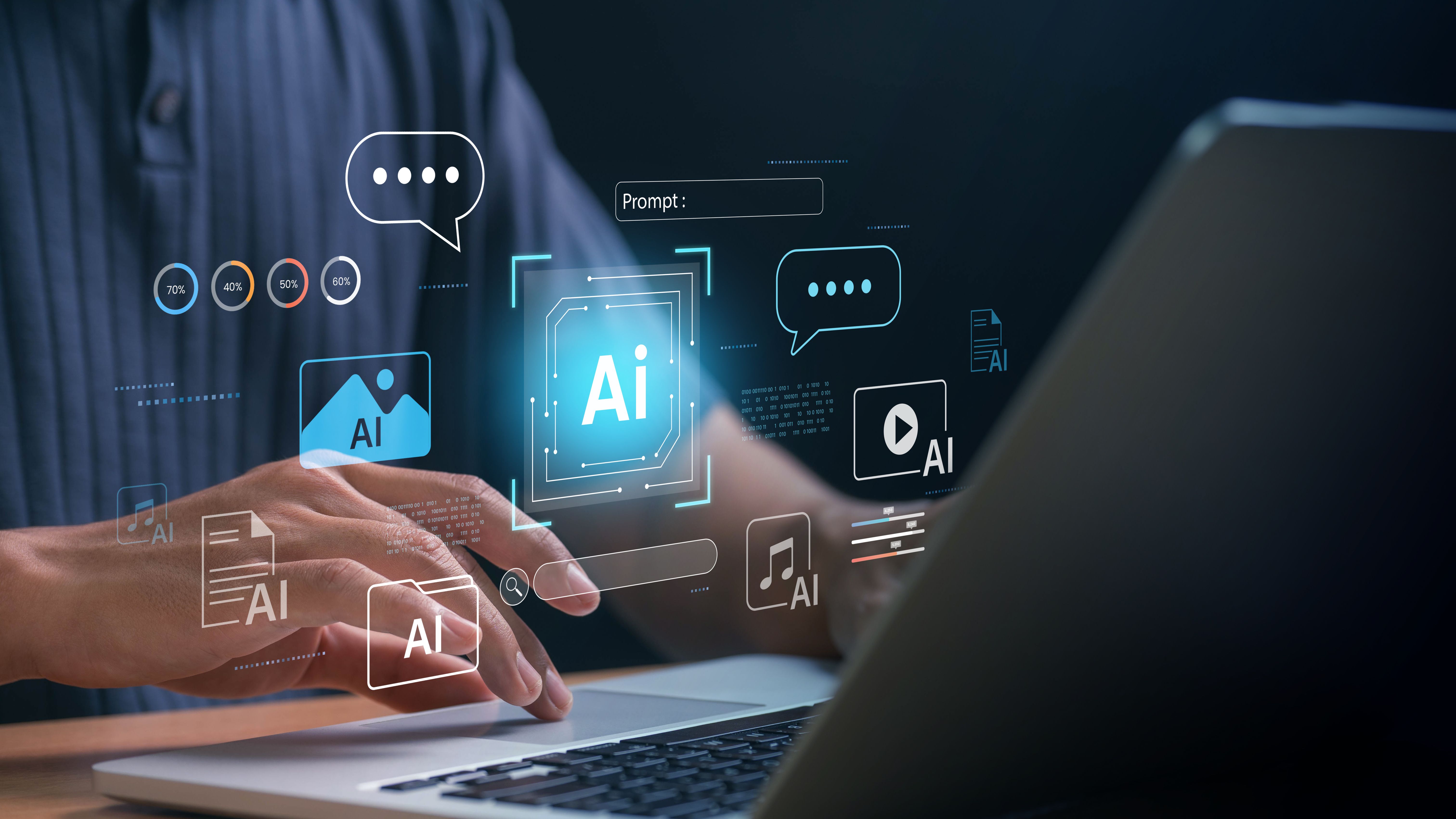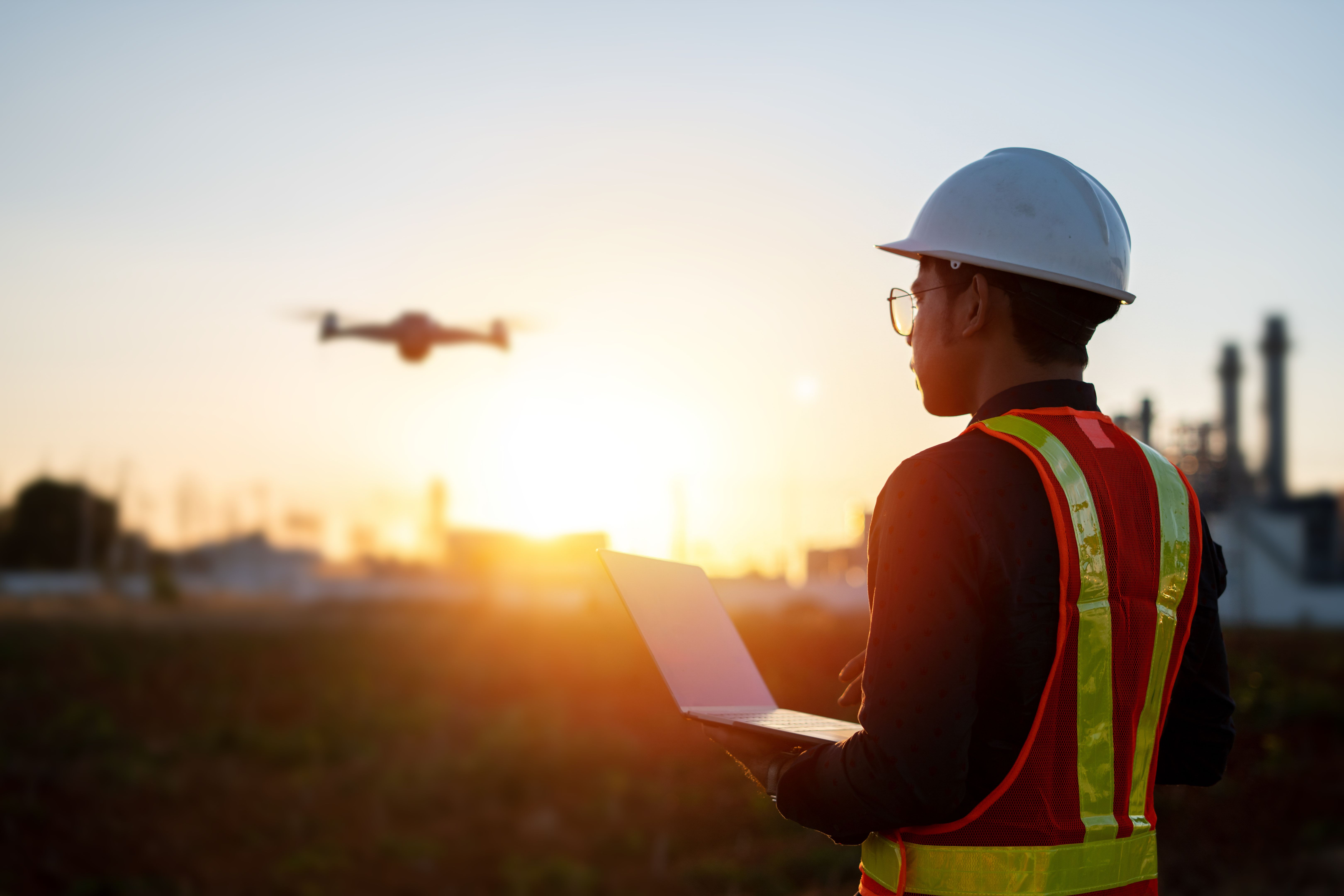The Future of Health and Safety: Emerging Workplace Safety Technologies
Introduction to Emerging Workplace Safety Technologies
As industries continue to evolve, so too do the methods and technologies that ensure workplace safety. The future of health and safety is being shaped by innovative technologies that promise to reduce hazards and improve the overall well-being of employees. From wearable devices to artificial intelligence, these emerging tools are transforming traditional safety practices.

Wearable Technology: A New Frontier
Wearable technology is quickly becoming a staple in workplace safety protocols. These devices, often worn by employees, can monitor vital signs, track movements, and even detect hazardous conditions. For example, smart helmets equipped with sensors can alert workers to nearby dangers or provide real-time data on environmental conditions.
Moreover, wearables can help prevent injuries by tracking fatigue levels and alerting workers when it's time for a break. This proactive approach not only enhances employee health but also boosts productivity by reducing downtime caused by accidents or exhaustion.
The Role of Artificial Intelligence in Safety
Artificial Intelligence (AI) is revolutionizing workplace safety by providing predictive analytics and real-time monitoring. AI systems can analyze vast amounts of data to identify patterns and predict potential safety incidents before they occur. This allows companies to address issues proactively, rather than reactively.
Additionally, AI-powered cameras and sensors can monitor compliance with safety protocols, ensuring that employees adhere to established guidelines. By automating these processes, businesses can maintain high safety standards without placing additional burdens on their workforce.

Virtual Reality Training: Immersive Learning Experiences
Virtual Reality (VR) is transforming the way safety training is conducted by providing immersive experiences that simulate real-world scenarios. This technology allows employees to practice responding to emergencies in a controlled environment, enhancing their preparedness and confidence.
VR training can be customized to suit various industries and specific job roles, ensuring that all employees receive relevant and effective instruction. This tailored approach not only improves skill acquisition but also helps retain critical safety information.
The Rise of Drones in Safety Inspections
Drones are becoming an invaluable tool for conducting safety inspections, especially in hazardous or hard-to-reach areas. By providing aerial views and capturing high-resolution images, drones can identify potential risks without putting employees in danger.
Furthermore, drones can be equipped with thermal imaging cameras to detect heat anomalies or gas leaks, offering a comprehensive assessment of workplace conditions. This technology not only enhances safety but also reduces inspection times and costs.

The Internet of Things: Connectivity for Safety
The Internet of Things (IoT) is creating a connected ecosystem where devices communicate with each other to enhance safety measures. IoT-enabled equipment can provide real-time data on machinery performance and environmental conditions, allowing for immediate action in case of anomalies.
This connectivity also facilitates the integration of various safety technologies, creating a cohesive system that ensures optimal protection for workers. As IoT continues to expand, its potential to transform workplace safety is limitless.
Conclusion: A Safer Future
The future of workplace health and safety is bright, thanks to the continuous advancements in technology. These emerging tools not only reduce risks but also empower employees to take control of their well-being. As businesses continue to adopt these innovations, the potential for creating safer work environments becomes increasingly attainable.
By embracing these technologies, companies can ensure that their employees remain healthy and productive while also meeting regulatory compliance and enhancing their overall operational efficiency.